THE SKI & Coffee (더스키앤커피)
1.8Km 2021-03-18
63, Dongsung-gil, Jongno-gu, Seoul
+82-2-745-3343
A store well-known for waffles. The best menu at this restaurant is americano. This is a cafe located in Daehak-ro, Seoul.
Manjok Ohyang Jokbal Dongdaemun(만족오향족발 동대문)
1.8Km 2020-10-30
9-4, Eulji-ro, 43-gil, Jung-gu, Seoul
+82-2-2271-0880
A pig's trotter(s) specialty restaurant located in Dongdaemun Gate, Seoul. The most famous menu is five-spice pigs' feet. One of the top 3 stores specializing in jokbal (pig's trotter) in Seoul.
HANAMPIG Dongdaemoon(하남돼지집 동대문)
1.8Km 2020-10-30
5-4, Eulji-ro, 43-gil, Jung-gu, Seoul
+82-2-2266-3030
A barbecue specialty restaurant located in Dongdaemun Gate, Seoul. The most famous menu is grilled pork belly. Each server cooks meat for you.
The King's (더 킹스)
1.8Km 2020-04-24
287, Dongho-ro, Jung-gu, Seoul
+82-2-2270-3121
The King’s is a premium buffet offering live music and top-quality, fresh dishes. Serving up “à la minute” cuisine in which food is cooked fresh to order, the restaurant is particularly known for its live seafood. In addition to the live seafood corner, The King’s buffet boasts 150 international foods in 10 different sections, including a Chinese food corner with dim sum, grilled Peking duck, stir-fry, and other authentic Chinese dishes prepared by Chinese chefs.
Marché de Tongin (통인시장)
1.8Km 2022-12-13
18, Jahamun-ro 15-gil, Jongno-gu, Seoul
+82-2-722-0911
Le marché de Tongin a été crée en juin 1941 sous l’occupation japonaise. Après la guerre du 25 juin, le région de Seochong a connu une hausse de la consommation causée par la soudaine croissance démographique. Des boutiques et des magasins se sont créés sous forme de marché public.
Le marché public Tongin se compose de 75 restaurants dont principalement des restaurants et des magasins de banchans (petits plats d'accompagnements) qui livrent des produits frais : poissons, fruits et légumes. D’autres commerces de vêtements, chaussures et retouches sont présents sur le marché.
Porte Heunginjimun (흥인지문)
1.8Km 2023-04-26
288, Jong-ro, Jongno-gu, Seoul
Département culture et tourisme de l'arrondissement Jongno-gu : +82-2-2148-1842
La porte Heunginjimun a été construite pour protéger Hanseongbu, lieu de gouvernance historique du pays. La porte Heunginjimun était la porte à l'est de la muraille de Séoul parmi les 8 portes de l'édifice. Elle est aussi appelée la porte Dongdaemun. La porte fut construite durant la 5ème année de règne du roi Taejo en 1396 puis réaménagé durant le règne du roi Danjong en 1453. Elle fut reconstruite en 1869 durant la sixième année de règne du roi Gojong. Elle est un symbole de l'architecture de la fin de la période de la dynastie Joseon.
Uncles - Daehakro Branch (엉클스 대학로)
1.8Km 2021-03-19
12, Daehak-ro, Jongno-gu, Seoul
+82-70-8845-8493
A spicy rice cakes specialty restaurant located in Daehak-ro, Seoul. The most famous menu is stir-fried rice cake. You can choose a variety of toppings.
Brown Chicken (브라운치킨)
1.8Km 2021-03-18
15, Eulji-ro, 43-gil, Jung-gu, Seoul
+82-2-2275-9972
Try fried chicken, one of Korea’s representative dishes. The most famous menu is fried chicken. A chicken specialty restaurant located in Dongdaemun Gate, Seoul.
Yangpyeong Haejangguk (양평해장국)
1.8Km 2021-03-30
48, Sungkyunkwan-ro 4-gil, Jongno-gu, Seoul
+82-2-742-6960
It is a favorite place frequently visited by the residents of Hyehwa-dong. This restaurant's signature menu is hangover soup. This Korean dishes restaurant is located in Jongno-gu, Seoul.
Hangukgwan (한국관)
1.8Km 2021-03-18
40, Seonggyungwan-ro, Jongno-gu, Seoul
+82-2-764-6953
A great restaurant for group dinners. The best menu at this restaurant is Grilled Beef Ribs. This is a Korean cuisine located in Jongno-gu, Seoul.
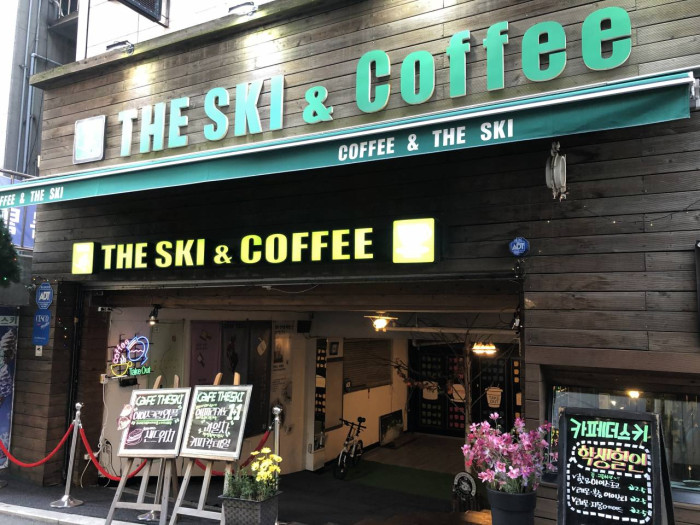
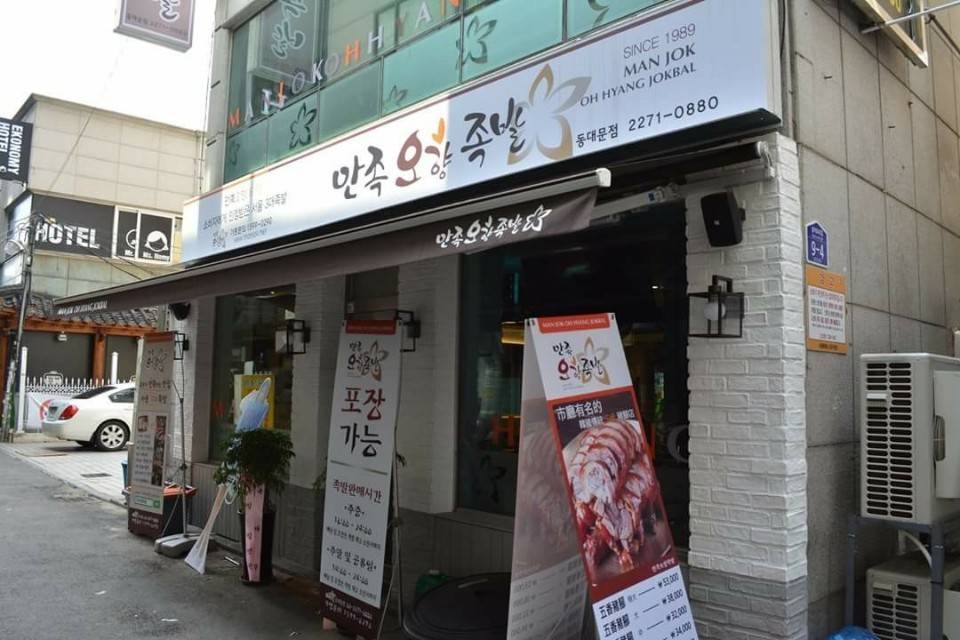
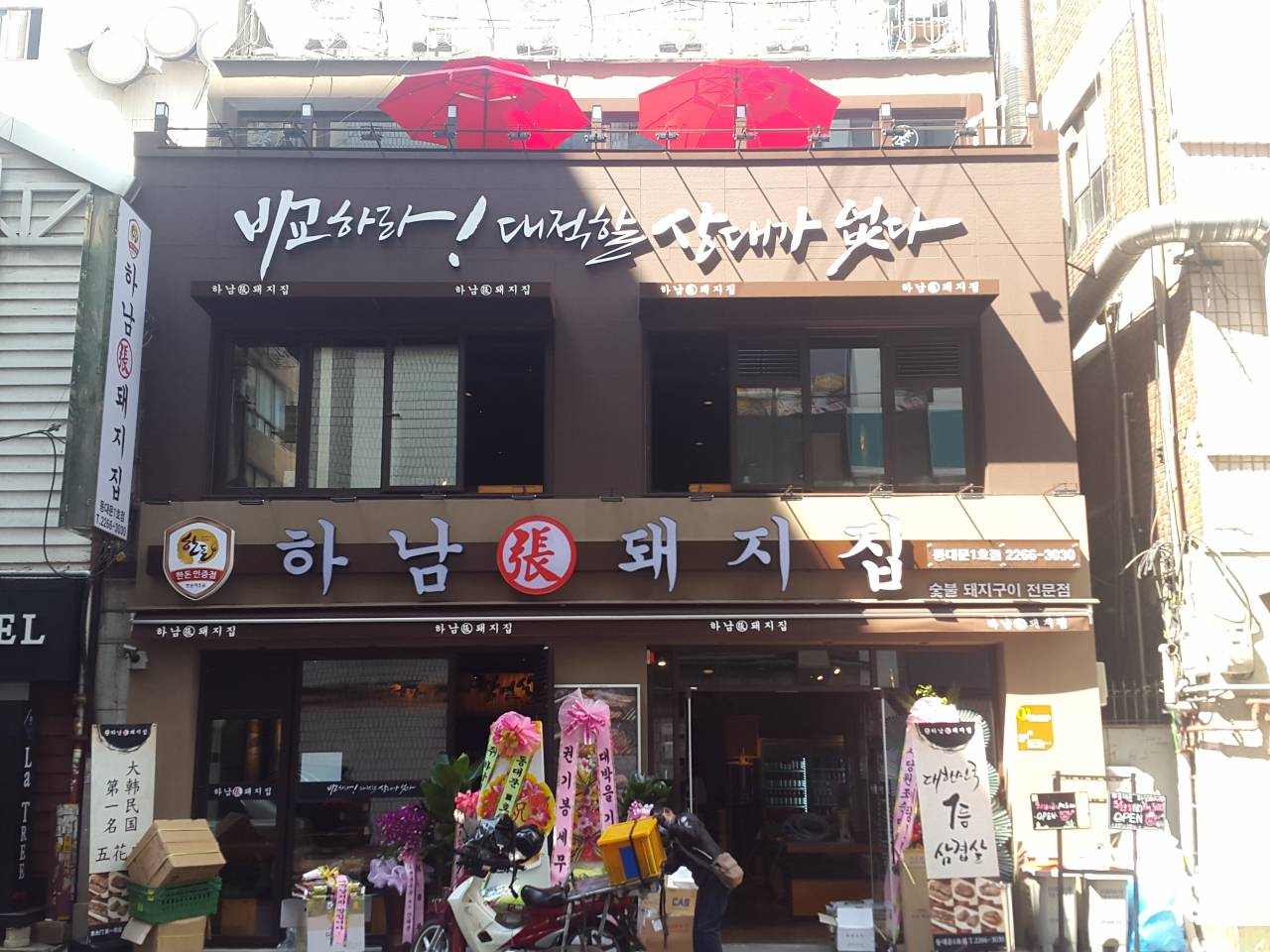

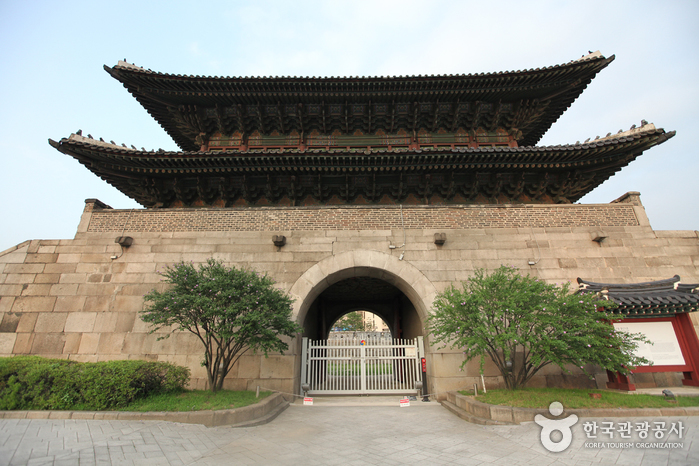
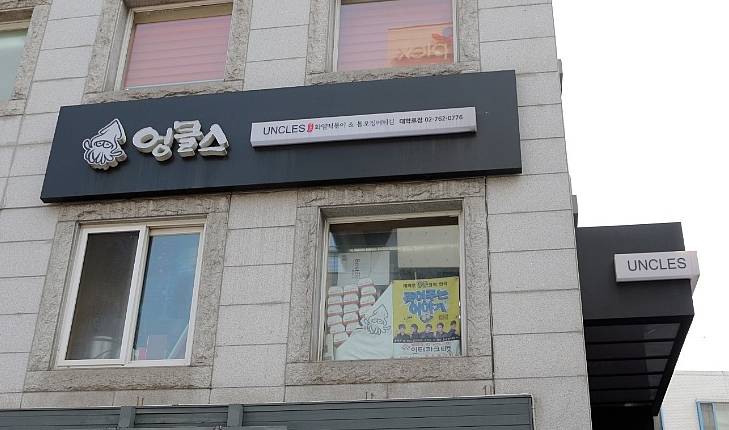
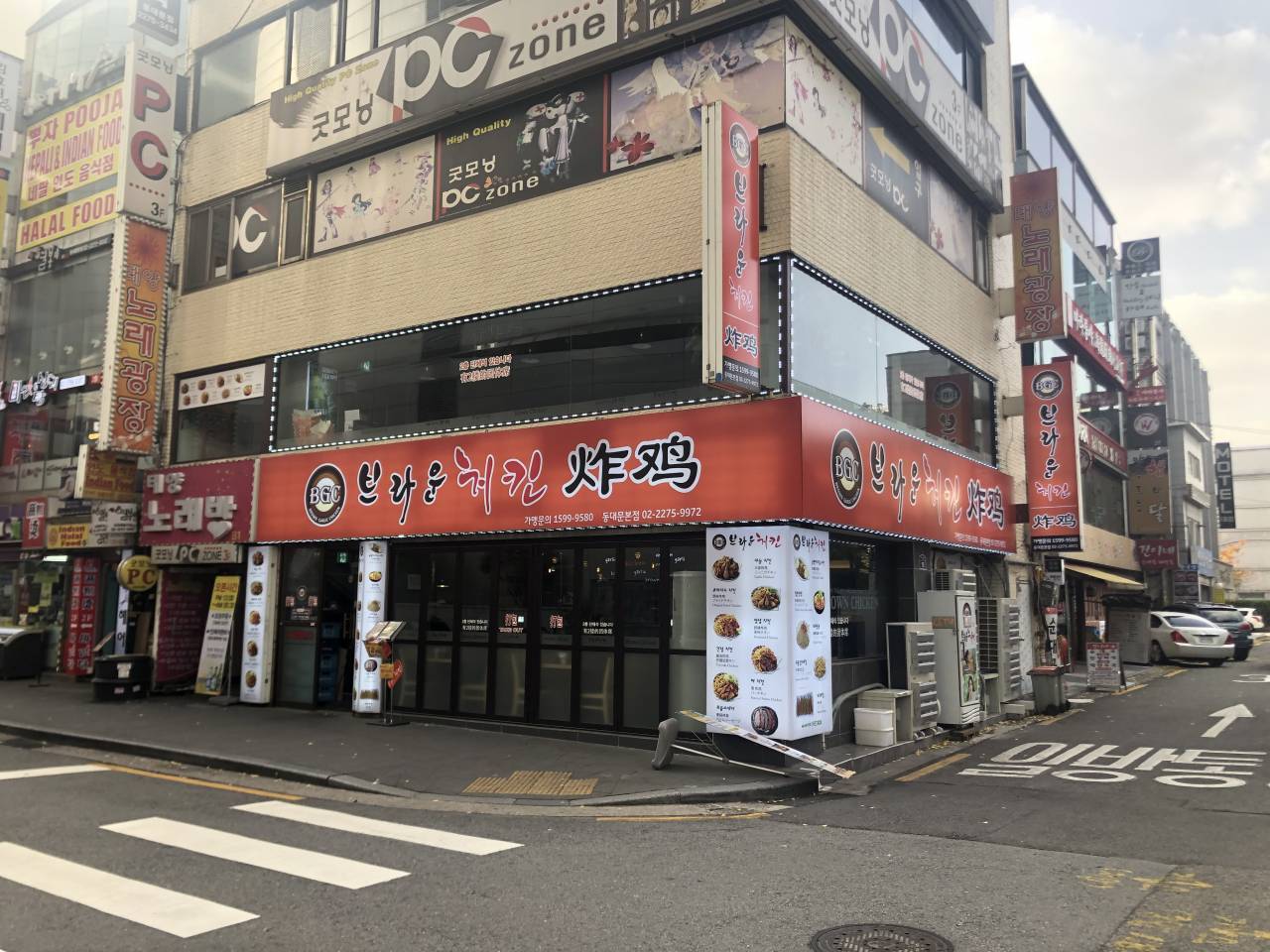
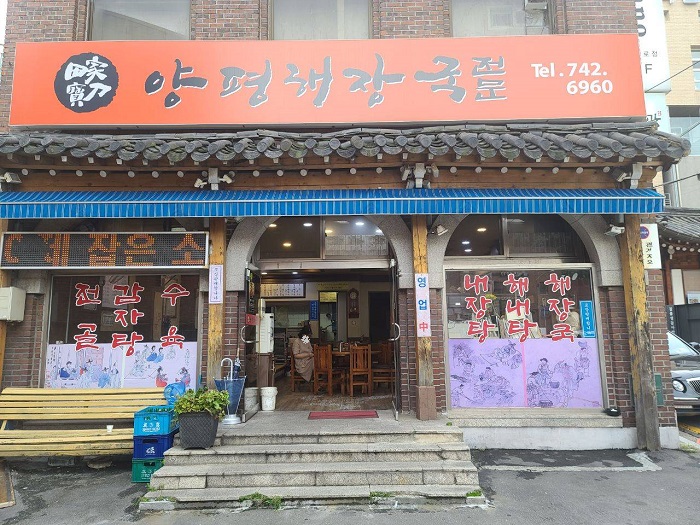
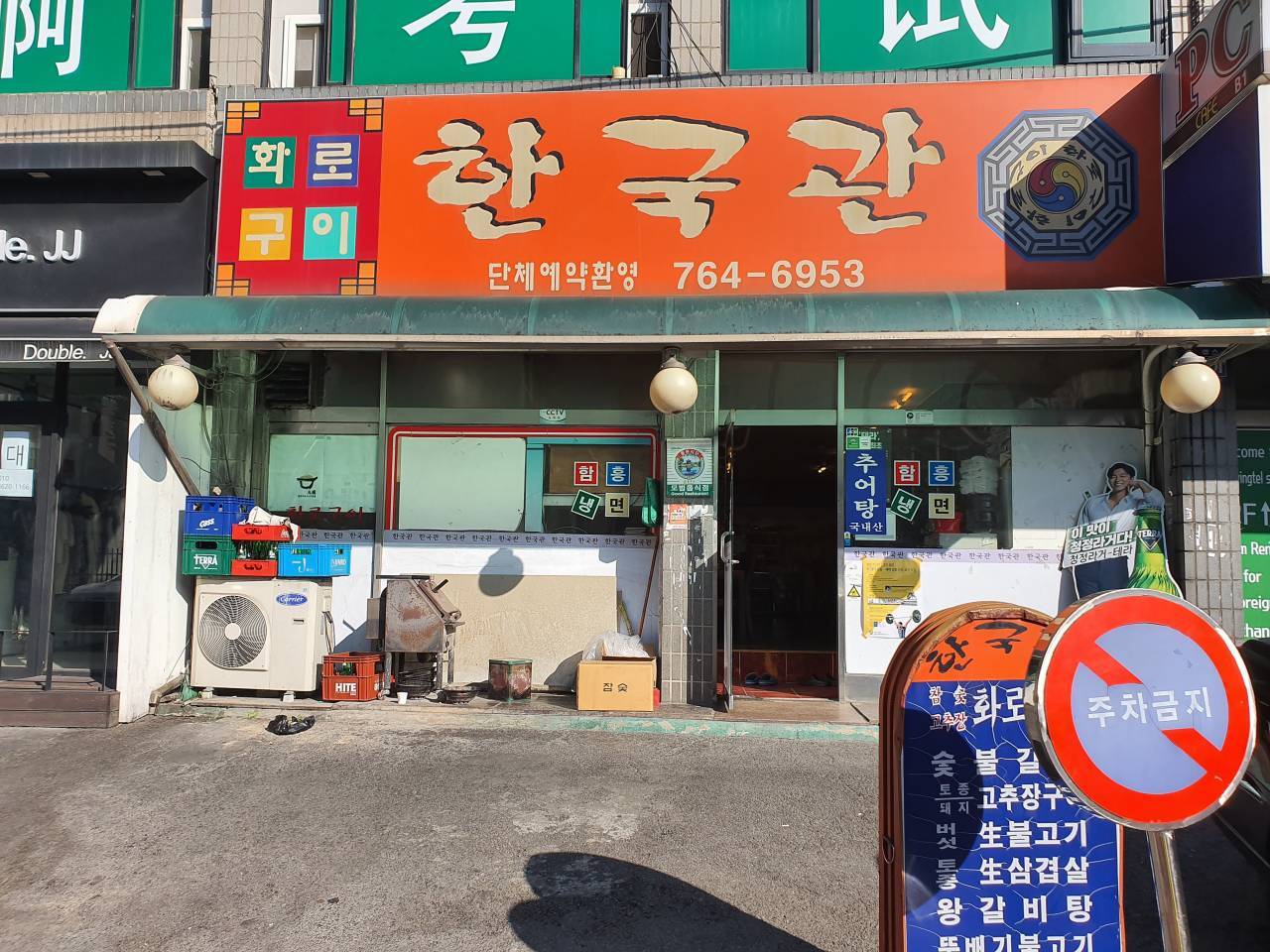
 Français
Français
 한국어
한국어 English
English 日本語
日本語 中文(简体)
中文(简体) Deutsch
Deutsch Español
Español Русский
Русский